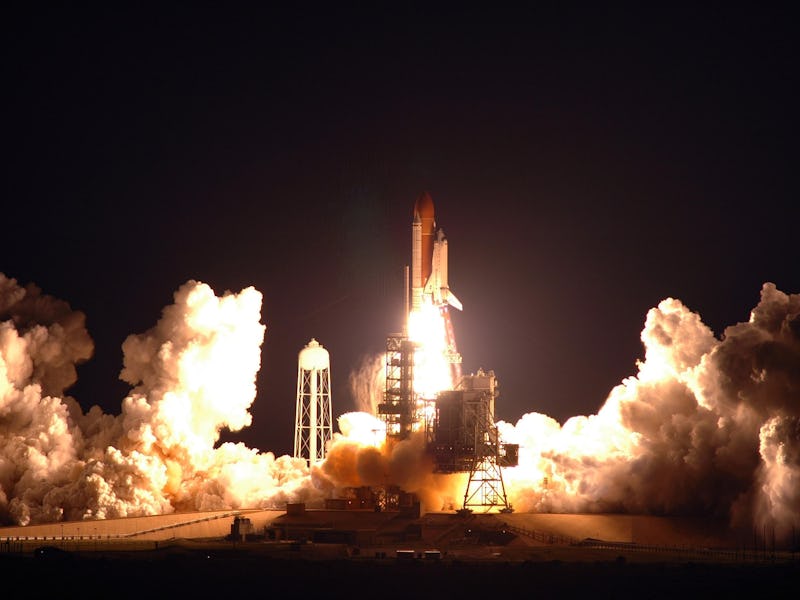Parts of the Space Shuttle Find a New Life
In case you wondered what happens to a spacecraft after retirement.

The Endeavor space shuttle last went up into orbit in May 2011, and the launch was its 25th and final mission. Since then, it’s been sitting out on display in the California Science Center for visitors to gawk at. But like many a Hollywood detective, Endeavor is being called out of retirement one last time.
Although the International Space Station has its own waste water treatment system for recycling potable water, it takes up a lot of time, energy, and space. Instead, water for the ISS gets ferried up by different resupply missions throughout the year. The tanks on the Endeavor, however, allow for a hefty amount of water to be stored. NASA has decided to take its tanks back for use on the ISS, which should help free up time for the astronauts to work on science operations onboard the spacecraft instead of refilling their water reserves.
Reusing the shuttle tanks also frees up NASA from having to make new tanks from scratch. Even the premier space agency of the world is looking to be as green as possible.
Each of Endeavor’s four tanks, which measure out to about 3 feet long by 1.3 feet wide and weigh about 40 pounds, can hold about 300 liters of water, which is just about good for 25 to 27 days. In total, that adds up to 1200 liters for a little over 100 days.
It’s not totally unheard of for NASA to use old parts sitting in museums for new missions, but it’s rare. The last time this happened was in 2013, when the space agency retrieved a gas generator from an Apollo Saturn V F-1 being housed in the Smithsonian and used it to fire up an F-1 engine previously sitting in in Marshall Space Flight Center in Alabama.